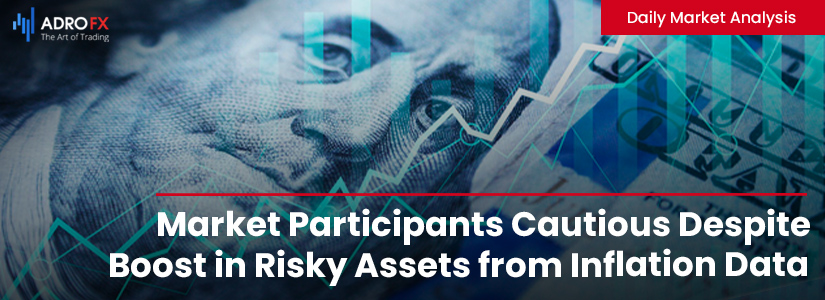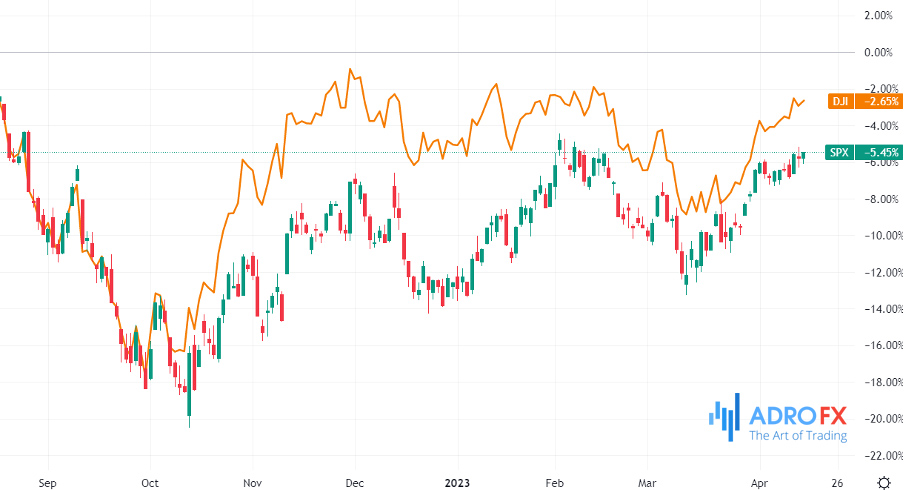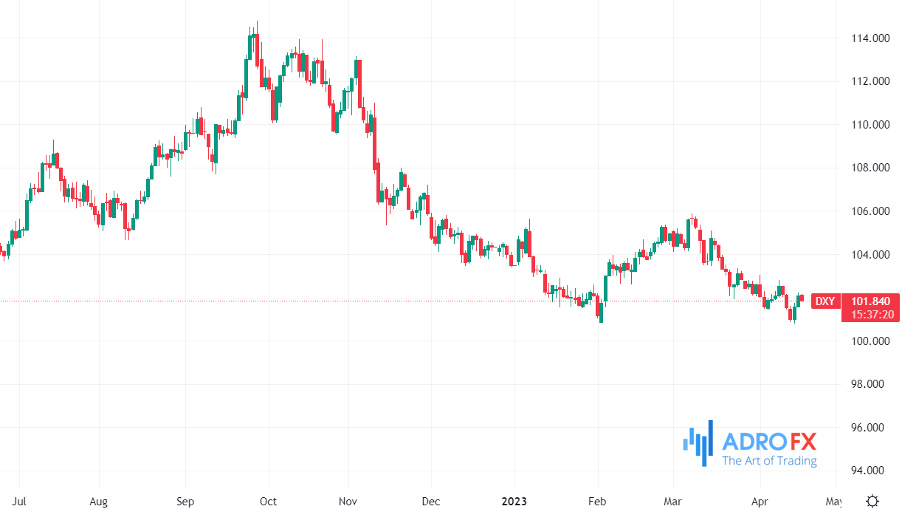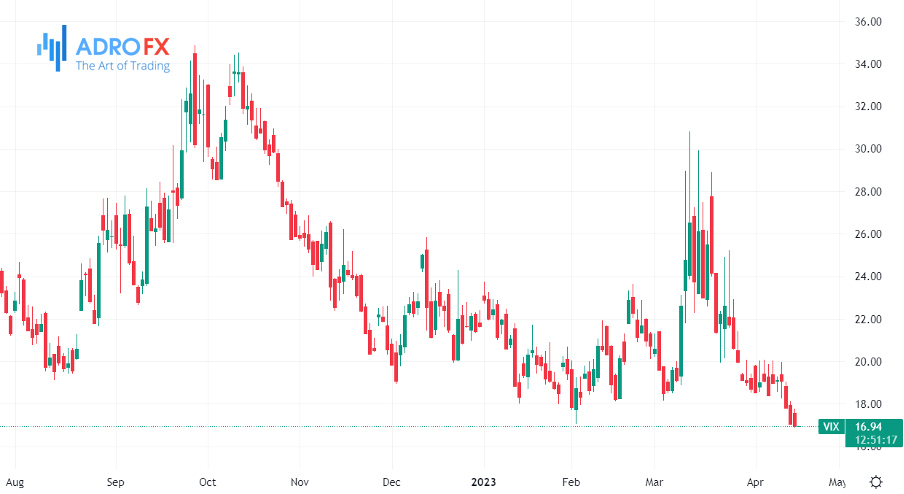Market Participants Cautious Despite Boost in Risky Assets from Inflation Data | Daily Market Analysis

Key events:
- Australia – RBA Meeting Minutes
- UK – Average Earnings Index +Bonus (Feb)
- UK – Claimant Count Change (Mar)
- USA – Building Permits (Mar)
- Canada – Core CPI (MoM) (Mar)
Last week risky assets received a decent boost for growth in the form of inflation data. However, this data did not influence much the dynamics of risk instruments – a small cautiousness of market participants is noticeable. So how will the situation be in reality now?
Yes, inflation did give market participants a signal to grow.
The overall inflation rate showed a serious decline, but the core inflation rate showed stagnation. This tells us that inflation has declined in food and energy, while the whole backbone of price inflation continues to hold up.

It is industrial inflation that is showing a serious decline, even better than expected. And if inflation is low at the industrial level, then it should be declining somewhat more steadily for the consumer as well.
Well, it looks like everything is going very well for risky assets. But the market seems to be in no hurry to show its joy.
Only the broad market index and the industrial index are growing more or less steadily - they show 1%-1.5% growth. The tech and small-cap indices, on the other hand, are showing more cautious dynamics. Well, the lack of rocket-like growth rates is somewhat comforting.
On the one hand, such dynamics from the side of inflation have already been won back by market participants. On the other hand, the slower the market grows, the more organic the whole process is.

The dollar index underlines the correctness of what is happening.
The decline is in its 7th week in a row, which of course is a long time. But the dollar is now below the last local low, and that is not a good sign. The decline is likely to continue.
The Volatility Index echoes what's happening in the market, settling below the local bottom indicated on the market, which is around 17 bps.

Copper, as one of the main indicators of market health, confirms the factors described above - its price showed a growth of 2.67%.
The last factor in the underlying metric to note today will be the ten-year Treasury bond yield.
Although inflation is actively showing signs of weakness, market participants' expectations for a decline are showing doubts - the yield has been stomping around 3.5% for the 5th week in a row.
Apart from that, the market is processing the recent GBP growth. If just a few months ago the GBP was falling and a lot of traders took short bets against it, as well as against the Prime Minister Liz Truss, when very few people were optimistic about the country, which is on the verge of the longest recession in history, now many of those gloomy views seem to be exaggerated, as the GBP has sharply increased, showing the best dynamic among all major currencies
The UK economy is not yet at its best, with inflation remaining stubbornly high and likely to suffer from rising unemployment amid the economic downturn. But after 11 consecutive interest rate hikes, the pound has become an attractive vehicle for investors compared to the dollar.

The pound rose nearly 5 percent against the dollar, rising briefly to a 10-month high of $1.2546 last Friday.
Back in November, the Bank of England held the country's biggest interest rate hike in 33 years amid gloomy forecasts.
However, already now a number of data, including rising retail sales and stabilizing home prices, suggest that the blow to the economy is not as severe as previously feared, and the Bank of England no longer expects GDP to contract this quarter.
This week we will get a brief update on the labor market and US real estate market statistics. Most likely they will not have much effect on the overall market movement and it will remain at the mercy of the earlier planned dynamics. Also, we don't exclude the fact that the market participants have already won back the good data on inflation and the growth will stagnate at the achieved level. In general, we will have something between stagnation and slight growth.









